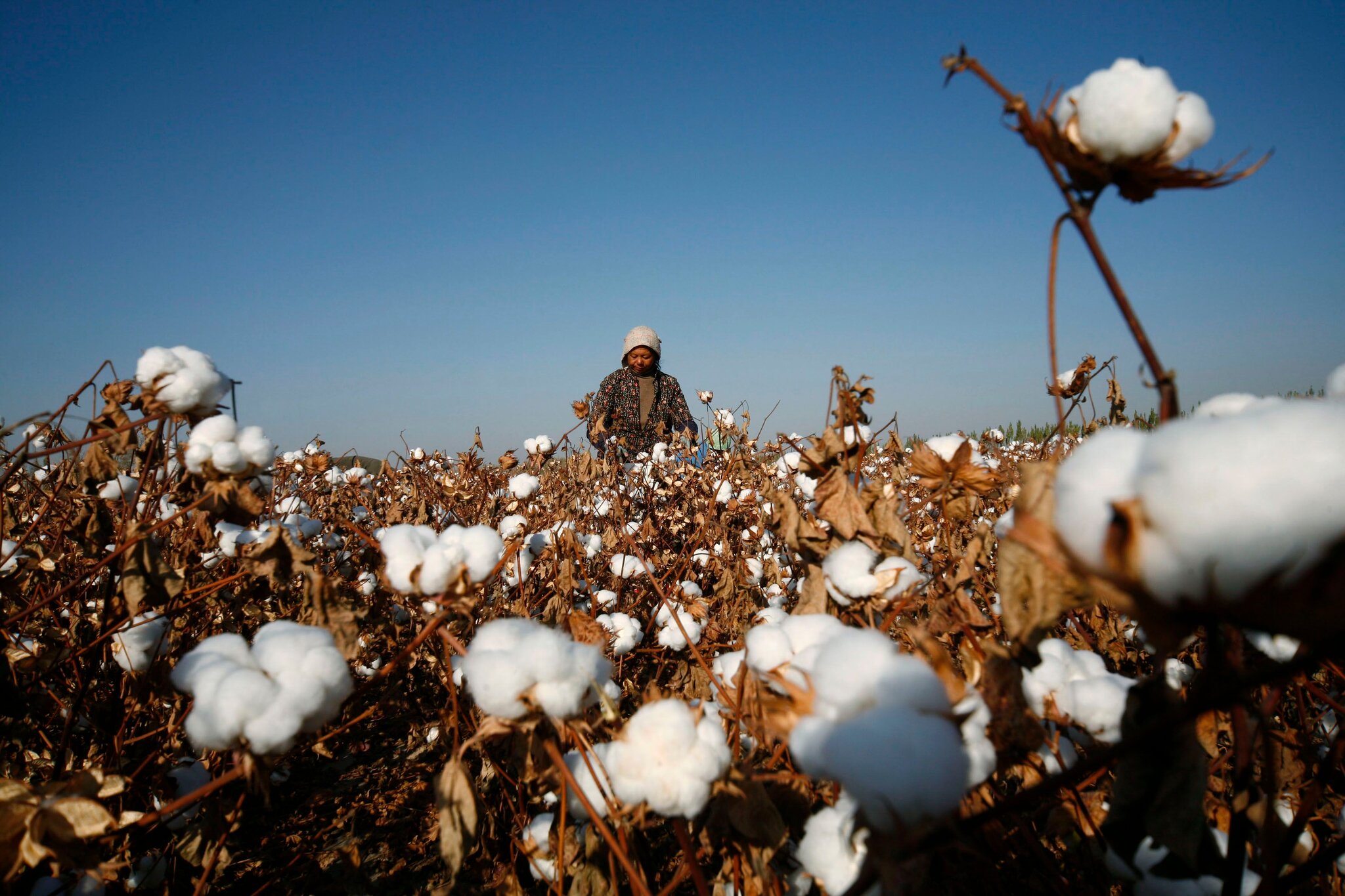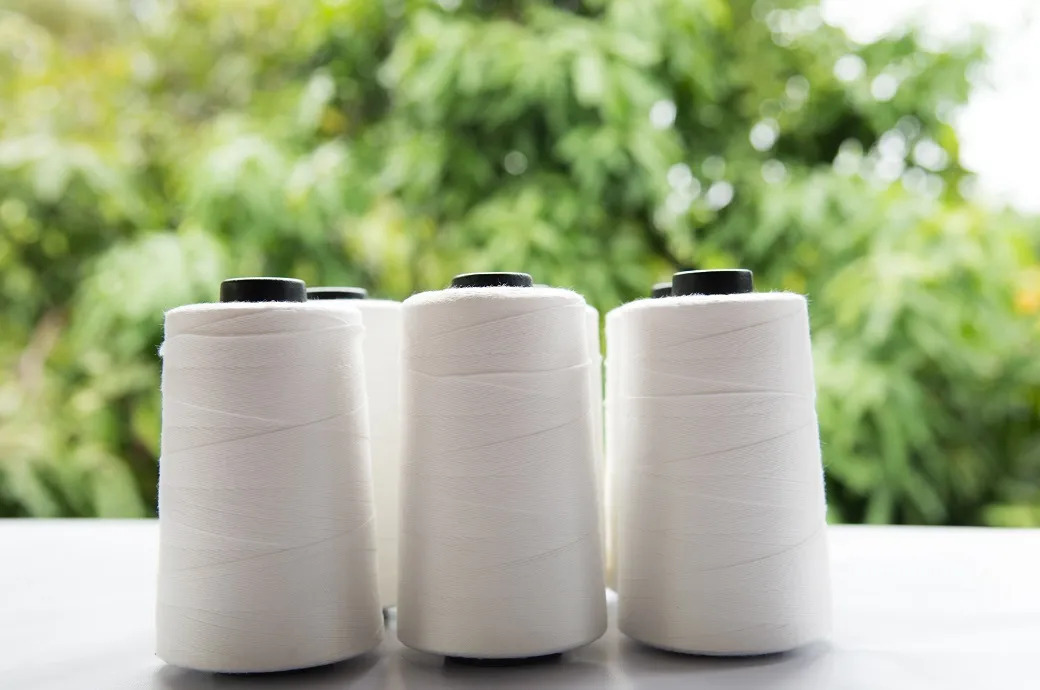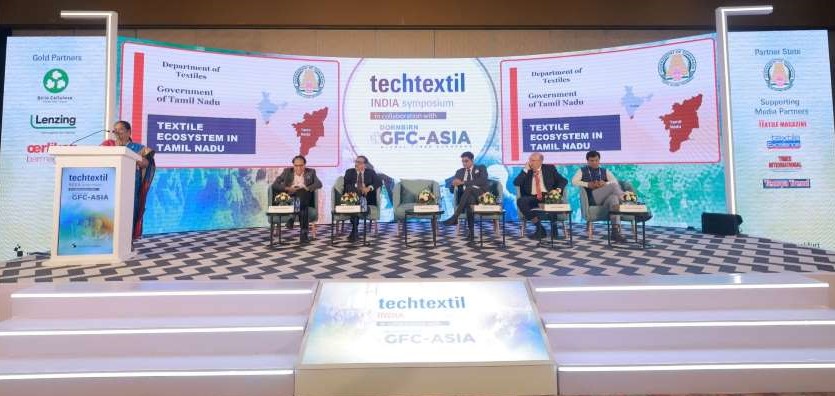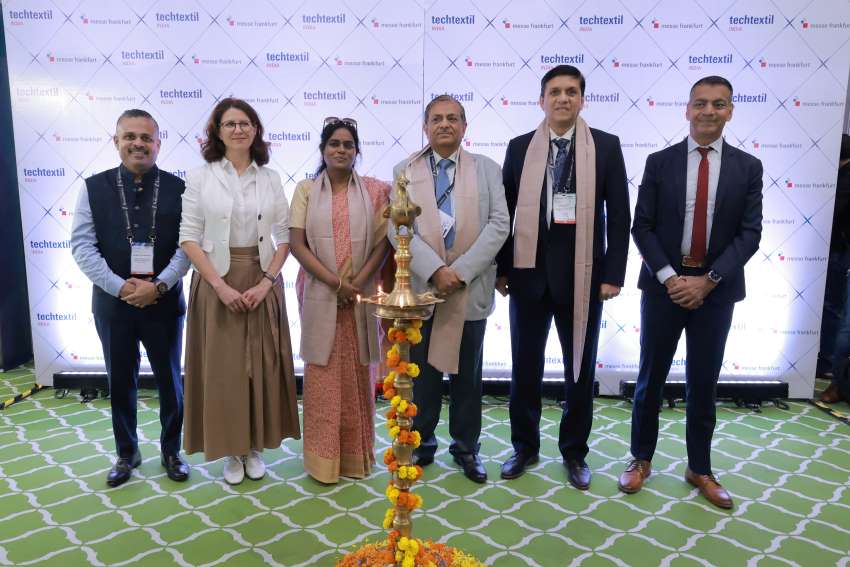
The global textile industry faces an urgent imperative: sustainability. As environmental concerns escalate and consumer demand shifts towards eco-conscious products, a fierce race is underway to determine the dominant fiber of the future. While natural fibers offer inherent advantages and recycled materials promise circularity, Manmade Cellulosic Fibers (MMCs) are rapidly emerging as a frontrunner, poised to redefine the industry landscape.
The competition between various sustainable fibers is complex, with each category presenting distinct strengths and challenges.
The contenders and their strengths, weaknesses
Fibers are broadly categorized into natural, manmade (regenerated, synthetic, inorganic), with bio-based options spanning both.
Natural fibers, under environmental scrutiny: Natural fibers like cotton, hemp, flax, wool, and silk are inherently biodegradable and renewable. However, the sector faces significant challenges. Cotton's water and pesticide intensity are major concerns, despite the sustainability potential of organic and regenerative farming. The natural fiber industry often suffers from fragmented messaging and internal competition.
Regulatory frameworks like the EU’s Product Environmental Footprint (PEF) can inadvertently penalize natural fibers by prioritizing carbon emissions over critical attributes like biodegradability, renewability, and longevity, sometimes favoring synthetics. The Digital Product Passport (DPP) also complicates compliance for smaller natural fiber producers, pushing brands towards more traceable, often manmade, solutions.
While historically dominant, natural fibers' share in global fiber production has seen a decline. Cotton, for instance, now accounts for around 23-25 per cent of global fiber output, down from nearly 40 per cent decades ago, primarily due to the rise of synthetics.
Recycled fibers, seeking scale: Recycling textile waste into new fibers is crucial for a circular economy. However, scaling beyond established methods like recycled polyester (rPET) and mechanical recycling remains a hurdle. Most chemical recycling technologies are in pilot or early commercial stages, not yet cost-competitive or proven at scale. The industry struggles with complex feedstock sorting. Furthermore, recycled synthetics, while reducing reliance on virgin fossil fuels, still shed microplastics and are not biodegradable, posing end-of-life concerns.
Recycled fibers, especially rPET, have seen rapid adoption. Global rPET fiber production reached over 14 million tonnes in 2023, with a projected CAGR of 7-8 per cent through 2030. In contrast, advanced chemical textile-to-textile recycling capacities are still relatively small, estimated in the tens of thousands of tonnes annually, despite significant investments.
Manmade cellulosic (MMC) fibers, a frontrunner: MMCs, derived from wood pulp or other plant-based feedstocks (e.g., viscose, lyocell, modal, and innovative new fibers), are rapidly gaining traction. This sector benefits from a structured industry, often backed by large Nordic forest groups and leading research institutions. Modern MMC production has addressed past environmental concerns through closed-loop chemical systems and sustainable forest management (FSC/PEFC certified).
A key advantage is the innovation in feedstock, with new MMCs utilizing textile waste, cardboard, paper, and agricultural residues. Scaling is rapid, driven by strategic partnerships that meet market demand and price points. Leaders in this category include Ioncell Oy, Spinnova, Kuura, and Infinited Fiber Company. Infinited Fiber, for instance, secured over €200 million in funding for a flagship factory targeting 30,000 tonnes per year by 2026.
Global MMC production reached almost 8.5 million tonnes in 2023, with a projected CAGR of 6-8 per cent through 2030, outpacing many other fiber categories.
Table: Fiber category and growth drivers
|
Fiber type |
Global production (2023 est. tonnes) |
Projected CAGR (2024-2030) |
Sustainability challenges |
Growth drivers |
|
Natural Fibers |
35-40 million |
1-3% |
Water use, pesticides, fragmentation, regulatory bias |
Consumer demand for naturals, regenerative practices |
|
Synthetics |
75-80 million |
3-4% |
Microplastics, non-biodegradability, fossil-based |
Cost-effectiveness, performance properties |
|
Recycled Fibers |
14-15 million (mostly rPET) |
7-8% (overall) |
Scaling chemical recycling, feedstock sorting |
Circularity goals, brand commitments |
|
Manmade Cellulosic (MMC) |
8.5 million |
6-8% |
Chemical processes (improving), forestry impact (managed) |
Innovation, closed-loop, new feedstocks, scalability |
(Note: Figures are approximate and based on aggregated industry reports from sources like Textile Exchange, Lenzing, CIRFS, Grand View Research. Total fiber market is approximately 120-130 million tonnes annually.)
What the future holds
Growth Drivers and Future Outlook
The shift towards sustainable fibers is due to growing demand from consumers, ambitious brand commitments, evolving regulations (like the EU Green Deal), groundbreaking technological innovation, and investment in sustainable fiber ventures. MMCs will dominate near-term growth and investor attention due to their structured industry approach, demonstrated scalability, proactive addressing of environmental concerns, and versatility in performance.
However, a truly sustainable textile future demands diversity, collaboration, and shared purpose, not fragmentation. Natural fibers must unify messaging, embrace regenerative practices, and enhance traceability. Recycled fibers require continued investment to overcome scaling and feedstock challenges. The race is less about a single victor and more about collective innovation, transparency, and a unified commitment to a genuinely sustainable global textile industry.












